What are Habits?
THIS IS PART 1 OF A 3 PART SERIES ON HABITS : PART 2 : PART 3
Do you have a bad habit...or 12? Maybe you have or have had an addiction? Have you ever tried to pick up a new, more healthy habit? Do you know how to change bad habits? Or how to install good habits? That's right, I said install, like installing a program in a computer. Conventional wisdom tells us that habits are mysterious and control over habits is an elusive and mysterious process. A new book by Charles Duhigg tells us otherwise.
“The Power of Habits”, published by Random House in 2012 takes the complex issue of habit change and boils it down to a simple formula with cute little graphics and one magical element. Much like computer language, Duhigg refers to habits as routines. A routine is a patterned behavior that we perform with such frequency that it has become mostly automatic. We routinely repeat habits with little or no effort or conscious awareness of a decision to do so.
If we have good habits we pat ourselves on the back. When we have bad habits we often chastise ourselves and feel as if we are failing somehow. Either way the behavior seems to happen without much effort. Some will say that they have created a good habit implying that their will-power is strong. Most are aware of some habit that they have tried once or a thousand times to alter with little or no sustained success. Most of time you hear someone speak of the effort that habit requires they are referring to failed attempts to create or curtail a habit. What if there really were a formula for changing habits that any of us could use to choose our behaviors?
Cue – Routine – Reward
This is the forumula that Duhigg offers to explain all of our habits, good and bad, from working out to smoking cigarettes to drinking coffee and alcohol to over eating or biting our nails. The exciting thing is that bringing awareness to this loop with a very simple plan does seem empower people to change their subconscious patterns. As I love to say, consciousness is curative. When we increase awareness enough we tap into enormous power with very little effort.
First we must understand cues. A cue is a trigger. It is the stimulus or experience that starts the cycle of a habit. Most of us focus on the habit itself and put all of our effort into preventing or creating a change in our behavior but completely overlook the very thing that put that pattern in motion. Duhigg describes a woman who can't stop biting her nails even though it causes her much pain and embarrasment. When asked by a therapist when or why she starts biting she describes a sensation, a tingling in her finger tip. This sensation is the cue. Becoming aware of the cue is step one. Her task then was simply to carry an index card with her and make a check every time that she felt this sensation. Instantly her awareness of the cue increased. Later, when asked when she felt the tingling sensation she was able to recognize that this happened when she was bored. The habit was not fixed, but she was on the way to increasing her conscious awareness of the process simply by developing her awareness of it at an early stage she had never before attempted to objectify.
A cue can be identified and monitored for any habit. For smoking or snacking or drinking we can look for and find a feeling or experience that precedes the actual habit. An uncomfortable emotion such as boredom, anxiety, frustration or restlessness is common. The need to take a break, relax or simply switch gears while working is often cited as the reason to smoke a cigarette or take a snack break. Often times physical cues such as dread in the stomach, shortness of breath, tension in your shoulders or an elevated heart rate exist much like the tingling in her fingertips. For some a particular type or tone of thought might be a cue. Identifying and charting this cue will bring you one step closer to understanding and changing your habit. For some, this alone will radically alter your relationship to your habit or addiction. For most this the necessary groundwork to then take a look at the rest of the cycle.
What I have described are the types of cues that precede a negative habit that you wish to change (notice I am not saying get rid of, but change). This same concept will be important as we talk about installing new positive habits. First we must understand the rest of the cycle. Then we will explore the magical element.
Next week we talk about routine and reward.
THIS IS PART 1 OF A 3 PART SERIES ON HABITS : PART 2 : PART 3


